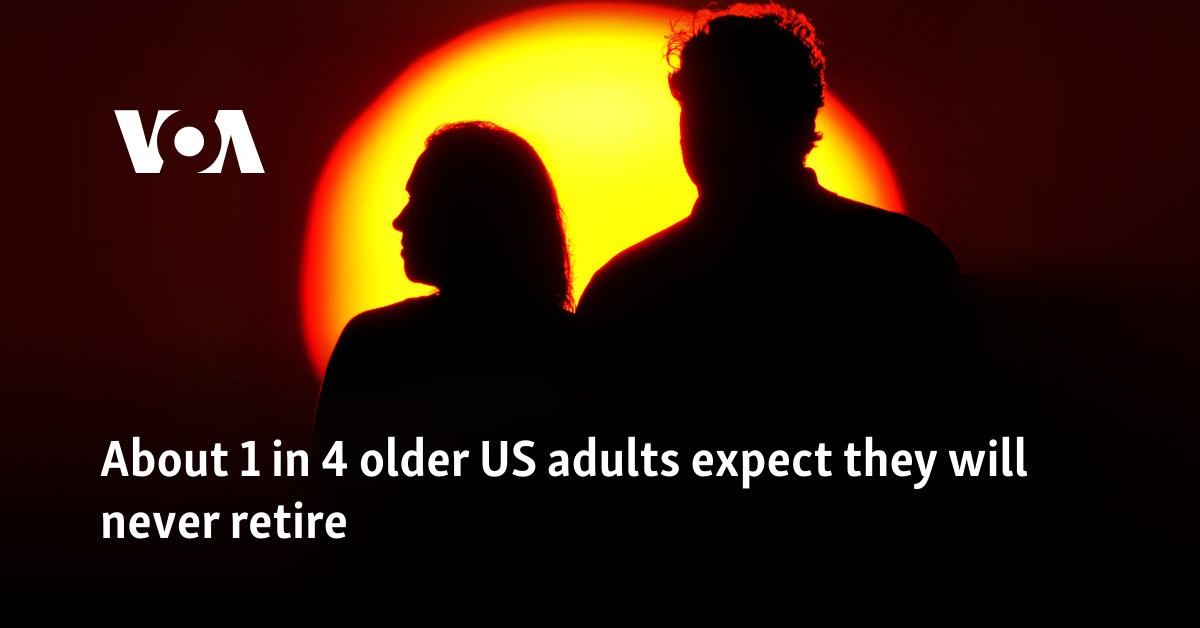Up the stream
With the 66th Grammy Awards in Los Angeles Sunday, Feb. 4, here’s a look at the modern world of music.
U.S. music formats from 1979 to 2022 according to RIAA
The music business is doing well, according to the Recording Industry Association of America. The most current figures are for 2022 and show the most revenue in its history, $15.9 billion.
In 2023, 78% of adults (up from 68% in 2022) used a music streaming service of some kind. According to Global Web Index, Gen Z leads the way with the highest average streaming times, accessing favorite tracks across multiple platforms.Streaming platforms are web-based services that allow users to listen to high-definition music without having to download and store large files.
In 2022 the paid subscription format accounted for 57.8% of total music revenues, with $9.2 billion of a $15.9 billion total.
Vinyl resurgence?
In the 1970s vinyl sales accounted for 66% of music format revenues. But by the 1990s sales dipped to less than 10 million units and 0.1% of market share.
In 2022, vinyl LP sales were $1.2 billion, 7.7% of total revenue (up from 6.9% in 2021).
Headwaters of the stream
The basics of music streaming were pioneered in 2001 by peer-to-peer file sharing system Napster. Apple’s iTunes followed a couple of years later. Spotify, in an attempt to combat music piracy, was founded in 2006 by Swedish duo Daniel Ek and Martin Lorentzon.
Who are the streamers?
Spotify’s annual Culture Next Trends Report in 2023 said that in the first half of that year, Gen Z listened to over 560 billion songs and more than 3 billion podcast episodes — a 76% increase from the previous year, making it the fastest-growing audience in music and podcast listening. Also, 67% use podcasts and music to cope with stress and anxiety, and 59% believe “life was better before social media.”
YouTube has its own Culture & Trends report on Gen Z, both as YouTubers and viewers. Among its findings in 2022: 85% of Gen Z posted video content online, and 65% are more interested in content “that’s personally relevant to them” rather than simply “the content that lots of other people talk about.”
Types of streaming services
Paid subscriptions: Advertising drives free users toward subscription packages, which are $10 to $15 a month.
Advertising: Advertisers pay for exposure, with ads played every 15 minutes for 30 seconds, and can also include sponsored playlists and homepage takeovers.
Spotify
With 574 million active users, and revenues of more than $9 billion in 2020, Spotify is the global leader in music streaming. Spotify paid more than $8 billion to its artists in 2022. The estimated value of a Spotify stream to an artist ranges from $0.006 to $0.00318 per song.
The company’s 226 million paid subscriptions account for 91% of the company’s revenue. The other 9% comes from advertising. Spotify has the most paid users but YouTube has 2.7 billion users in all.
Apple Music
Once the leader in digital music, Apple Music is behind Spotify in overall users but ahead in some countries.
Amazon music
Amazon has quietly built up its user base through Amazon Prime subscribers, with 220 million using the service around the world.
Showing the money
For both Spotify and Apple Music, 70% of the revenue generated from paid subscriptions and advertising goes towards paying music labels and artists. The platforms use the pro-rata model, which pays based on the total share of streams each artist has. For example, if $100 million is generated in revenue, and an artist accounts for 1% of all streams, then they would receive $1 million in royalties.
The downside
Many industry critics argue that music is no longer about creating something for pure enjoyment, but rather about using a formulaic approach in the hands of tech giants to make more money.
Sources: Recording Industry Association of America, Spotify, YouTube, Musically.com, explodingtopics.com









